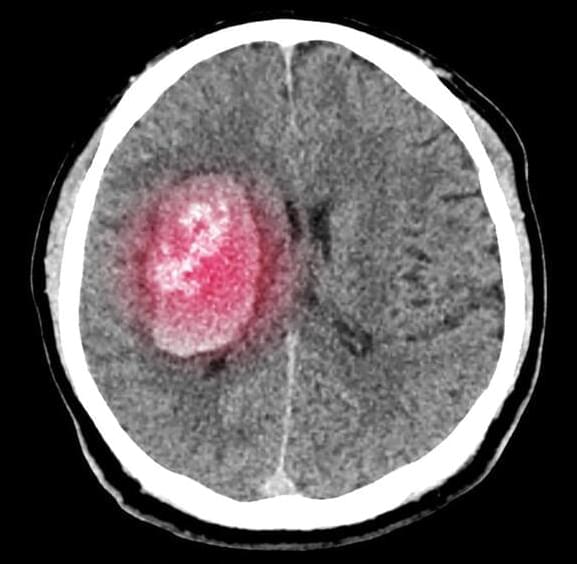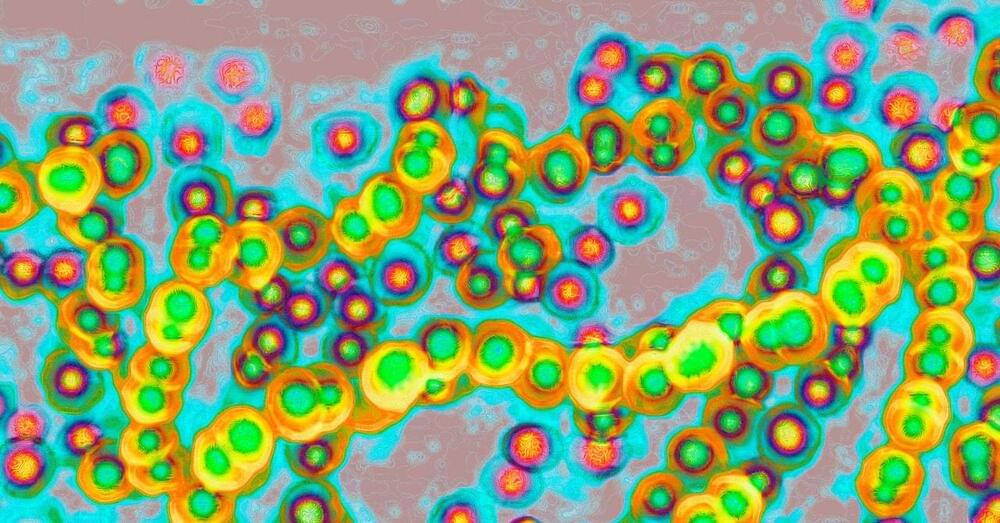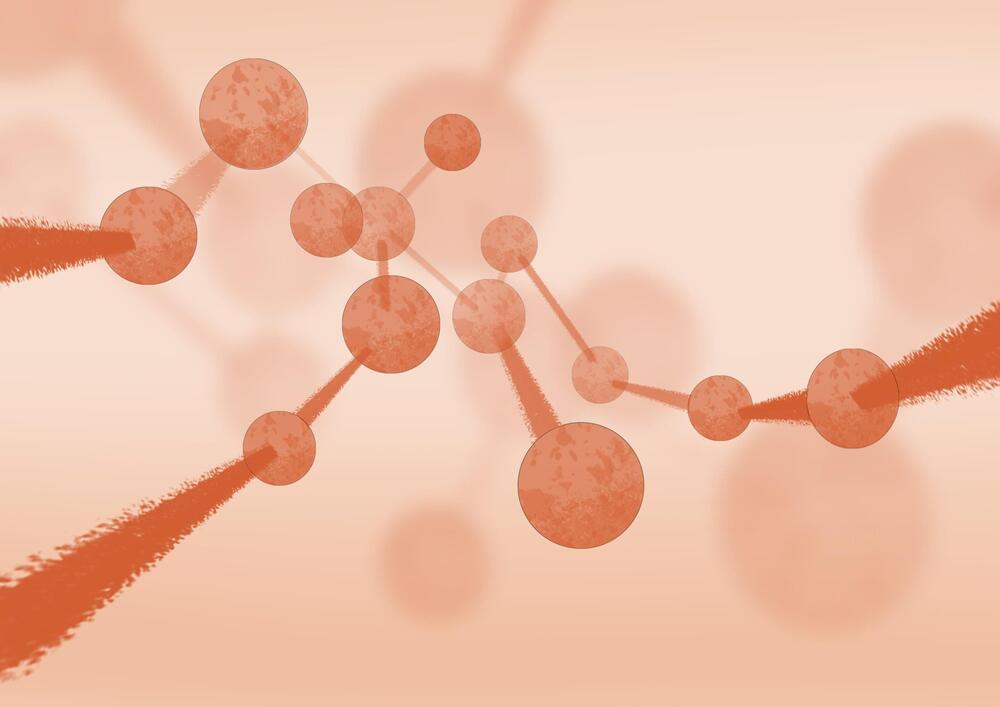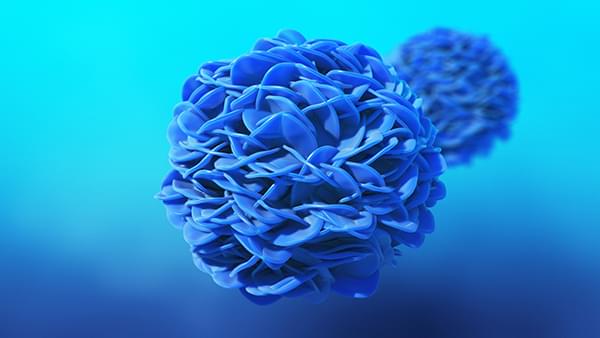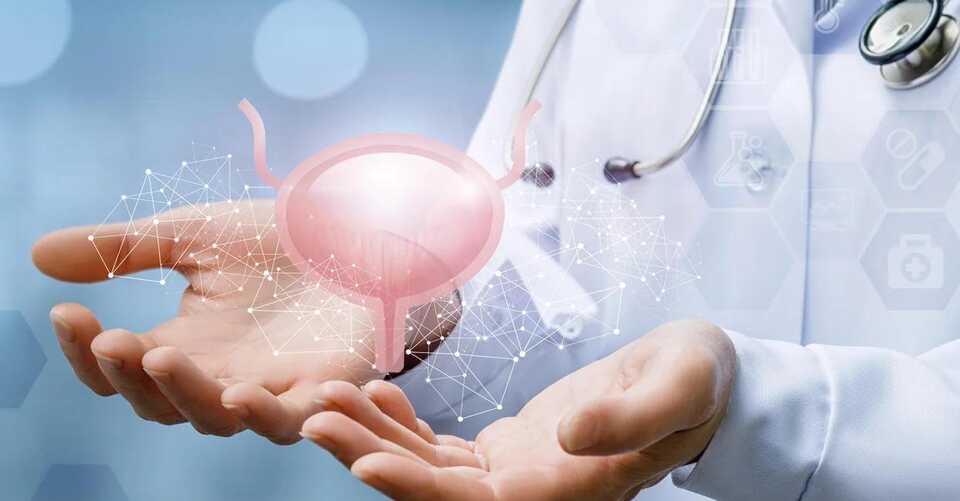A team of scientists has uncovered the physical principles—a series of forces and hydrodynamic flows—that help ensure the proper functioning of life’s blueprint. Its discovery provides new insights into the genome while potentially offering a new means to spot genomic aberrations linked to developmental disorders and human diseases.
“The way in which the genome is organized and packed inside the nucleus directly affects its biological function, yet the physical principles behind this organization are far from understood,” explains Alexandra Zidovska, an associate professor in New York University’s Department of Physics and an author of the paper, which appears in the journal Physical Review X (PRX). “Our results provide fundamental insights into the biophysical origins of the organization of the genome inside the cell nucleus.”
“Such knowledge is crucial for understanding the genome’s function,” adds David Saintillan, a professor at the University of California San Diego’s Department of Mechanical and Aerospace Engineering and an author of the paper.
